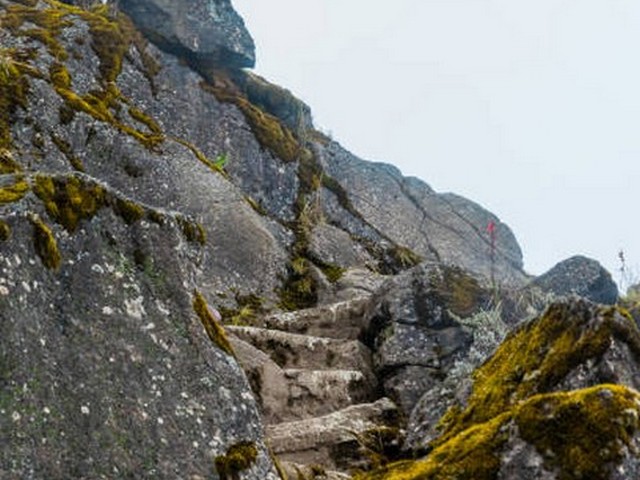Preparing Your Body For High-altitude Kilimanjaro Climbs
Embarking on a journey to the iconic Mount Kilimanjaro is not just a trek; it’s a pilgrimage of self-discovery and endurance. Situated in Tanzania, Kilimanjaro is not only Africa’s tallest peak but also a dream destination for adventurers worldwide. To conquer its imposing heights, preparation is key, especially when it comes to acclimatizing your body to its high-altitude challenges. At Kilimanjaro Centre for Trekking and Ecotourism (KCTE), we understand the allure and the tests of Kilimanjaro. Hence, we’re here to guide you through preparing your body for this life-changing adventure.
Why Preparation is Crucial
Climbing Kilimanjaro involves trekking at elevations that can exceed 19,000 feet. At such high altitudes, the air thins and oxygen levels decrease, which can challenge even the fittest adventurers. Preparing your body for these conditions is not just about enhancing your experience but is crucial for your safety and enjoyment.
Start with Cardiovascular Fitness
Building Your Base
To begin, focus on enhancing your cardiovascular endurance. Activities such as running, cycling, and swimming are excellent for increasing heart rate and improving oxygen consumption. Aim for at least 30 minutes of cardio, 3-4 times a week. Gradually increase the intensity and duration to mimic the prolonged days of trekking you will face on Kilimanjaro.
High-Intensity Interval Training (HIIT)
Incorporate HIIT into your regimen. This type of training involves short bursts of intense exercise followed by a recovery period. HIIT can boost your stamina and resilience, which are vital for the fluctuating intensities of climbing and descending the mountain paths.
Strength Training: The Kilimanjaro Muscle Prep
Core and Legs
Strengthening your core and legs will significantly ease your climb. Focus on exercises such as squats, lunges, and planks. These exercises mimic the actual climbing motion and help stabilize your body, which is essential for the rocky and uneven terrains of Kilimanjaro.
Carrying Your Pack
Part of your training should also include walking or hiking with a weighted backpack. During your climb, you’ll be carrying your essentials in your pack. Training with a similar weight will condition your body, making the actual climb more manageable.
Altitude Acclimatization Techniques
Pre-climb High Altitude Exposure
If possible, train on high altitudes or simulate the conditions. Spending time at altitude before your trip can immensely benefit acclimatization. Short hikes or stays at elevated locations can prepare your body for what’s to come.
Breathing Exercises
Practicing breathing exercises can also enhance your lung capacity. Techniques such as the "Box Breathing Method" or "Stair Breathing" can be particularly useful. These methods not only improve your respiratory capacity but also help maintain calmness, which is crucial in high-altitude conditions.
Nutrition and Hydration: Fueling for the Summit
Balanced Diet
Adopt a balanced diet rich in carbohydrates, proteins, and fats. Carbohydrates are your primary energy source, while proteins will aid in muscle repair and recovery. Don’t forget fats, which are essential for long-duration energy reserves.
Hydration
Hydration is crucial. The risk of dehydration increases at high altitudes. Aim to drink at least 3-4 liters of water per day during your training and maintain this habit during the climb.
Mental Preparation: The Psychological Climb
Visualization
Visualize your journey. Mental resilience can be just as important as physical preparation. Regularly visualize the different stages of the climb and achieve mental familiarity with the challenges.
Stay Positive
Maintain a positive mindset. The journey is as rewarding as the destination. Enjoy your preparation phase and keep a positive outlook towards the climb.
Join Us at Kilimanjaro Centre For Trekking and Ecotourism (KCTE)
At KCTE, we specialize in creating tailored experiences that cater to the needs of every adventurer. Preparing for Kilimanjaro is an exciting journey, and we are here to guide you every step of the way. Let us help you realize your dream of reaching the summit with our expert guides, comprehensive support, and a commitment to sustainable tourism.
Why Choose KCTE?
- Expert Guidance: Our guides are experienced, knowledgeable, and committed to your safety and enjoyment.
- Tailored Experiences: We offer customized treks that match your fitness level and preferences.
- Sustainable Practices: We are dedicated to preserving the beauty and integrity of Kilimanjaro through sustainable practices.
FAQs: Preparing for Your Kilimanjaro Adventure
Q1: How long does it take to prepare for a Kilimanjaro climb?
A1: We recommend starting your training at least 6 months before your scheduled climb to adequately prepare your body and mind for the high altitudes.
Q2: What is the best time of year to climb Kilimanjaro?
A2: The best times to climb Kilimanjaro are during the dry seasons, from June to October and from December to March.
Q3: Can beginners climb Kilimanjaro?
A3: Absolutely! Kilimanjaro is accessible to climbers of all levels. Proper preparation and choosing the right route are key to making your climb a success.
Ready to start your Kilimanjaro adventure? Contact Kilimanjaro Centre for Trekking and Ecotourism (KCTE) today, and let us help you prepare for a journey that you will cherish forever. Climb with us, where dreams reach new heights!




